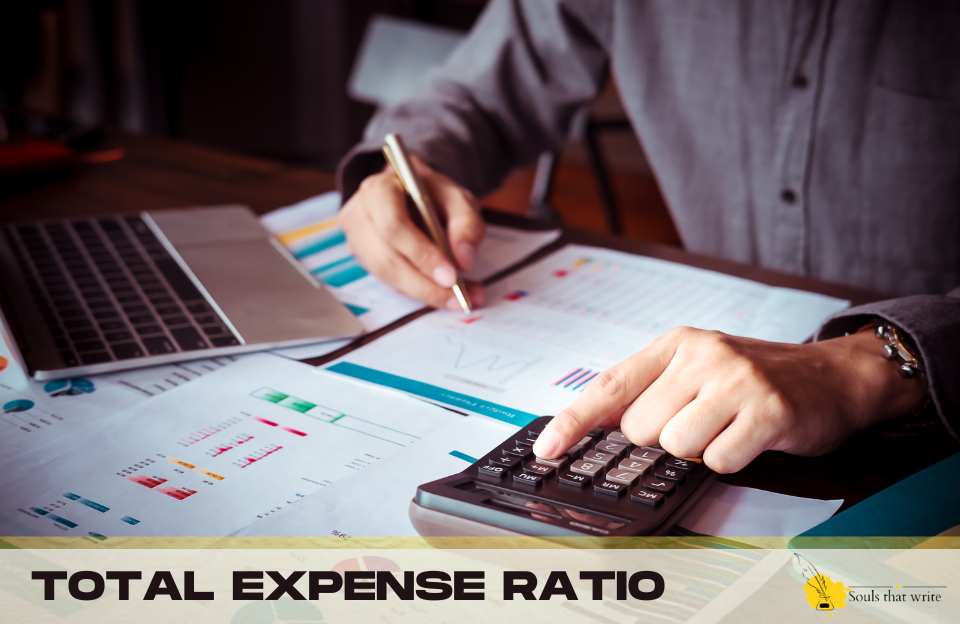Investing in a mutual fund can be a smart way to grow your money, but have you ever wondered what fees and costs are involved?
If you invest in a mutual fund, you’re entrusting an asset management company (AMC) to manage your money. And as you can imagine, this comes with various expenses and costs that the AMC incurs.
When making an investment decision, you should know all related costs, including the Total Expense Ratio (TER). Mutual funds can be a great way to grow your wealth, but did you know that the total expense ratio (TER) varies over time?
If it decreases, you’ll get more back. But if it increases, you’ll get less. However, the good news is that most TER changes are pretty small (usually around 0.1%). So watch those fees and watch those returns soar!
This article will tell you everything you need to know about TER. Let’s dive in it!
What is the Total Expense Ratio (TER)?
The Total Expense Ratio (TER) measures the costs of managing and operating an investment fund. These include fees, legal, auditor, and other operational costs.
The total expense ratio, or TER, is calculated by dividing the fund’s total assets by the fund’s total cost. Apart from being known as TER, the TER is called the after-reimbursement expense ratio.
How to calculate Total Expense Ratio?
It is necessary to follow the following steps and formula to calculate Total Expense Ratio (TER):
| TER = Total costs of the scheme during the period / Total Fund Assets |
Calculating the TER is as follows:
- A financial disclosure must be obtained from the financial disclosures released by the mutual funds to regulators or distributed to analysts and investors through a prospectus to determine the total assets of the fund.
- As the TER covers all operating costs associated with the investment fund, it can be difficult to obtain the total costs directly from the prospectus. As an example, trading costs, management costs, overhead expenses, and administration costs (such as 12b-1 fees, which represent the fund’s marketing costs).
In what ways does the Expense ratio impact returns?
An investment in a mutual fund involves a TER that represents the cost of managing the portfolio. A fund’s TER, representing a percentage of the total assets, may impact a particular investor’s returns.
The lower the TER, the higher the profitability rate is likely to be. Having said that, high expense ratios are not necessarily associated with low returns since their size is determined by the amount of money under management.
While monitoring the TER can be challenging, it is essential to do so because it is a factor that directly impacts the Net Asset Value (NAV) of the investments. Also, comparing the TER on different mutual funds will help you ensure that the mutual fund’s cost does not outweigh its benefits.
Apart from this, expense ratios can help you determine how actively or passively a fund is managed, and the TER of active funds is usually higher than passive funds.
What are the costs that add up to TER?
Have you heard of TER? It is a statement that summarizes all the expenses associated with running a mutual fund. Every six months, the statement will note all the fees that will be deducted from your account to cover these expenses.
- Management fees. A fund’s management fee represents one of the largest items in the TER, which covers fees for research and management of the fund.
- Administrative costs. It is essential to understand that Mutual Funds have a variety of expenses associated with their management, like marketing fees, legal and custodian fees, registration fees, etc., which add to their overall expenses.
- Distribution fee. A distribution fee is a fee charged by some investment trusts as a commission when stockholders wish to sell shares of the investment trust. The additional component is also included into the TER as part of the fund’s regular plan.
- The fees that trustees, registrars and transfer agents, custodians, personnel of the trustee, and the Asset Management Company may be paid.
- 12B-1 charge. Each investment fund spends this amount on advertising. This is also calculated according to the 12b Fee when a new investor allocates funds in this investment scheme. This is calculated as a part of the fund’s total costs, and it is included in this fee.
Key Takeaways
Choosing a mutual fund scheme that has a low expense ratio is an important aspect to consider. However, many financial experts believe that the expense ratio should always be considered along with other factors when deciding to invest. Thus, it is essential to assess the track record and consistency of returns of a mutual fund.



